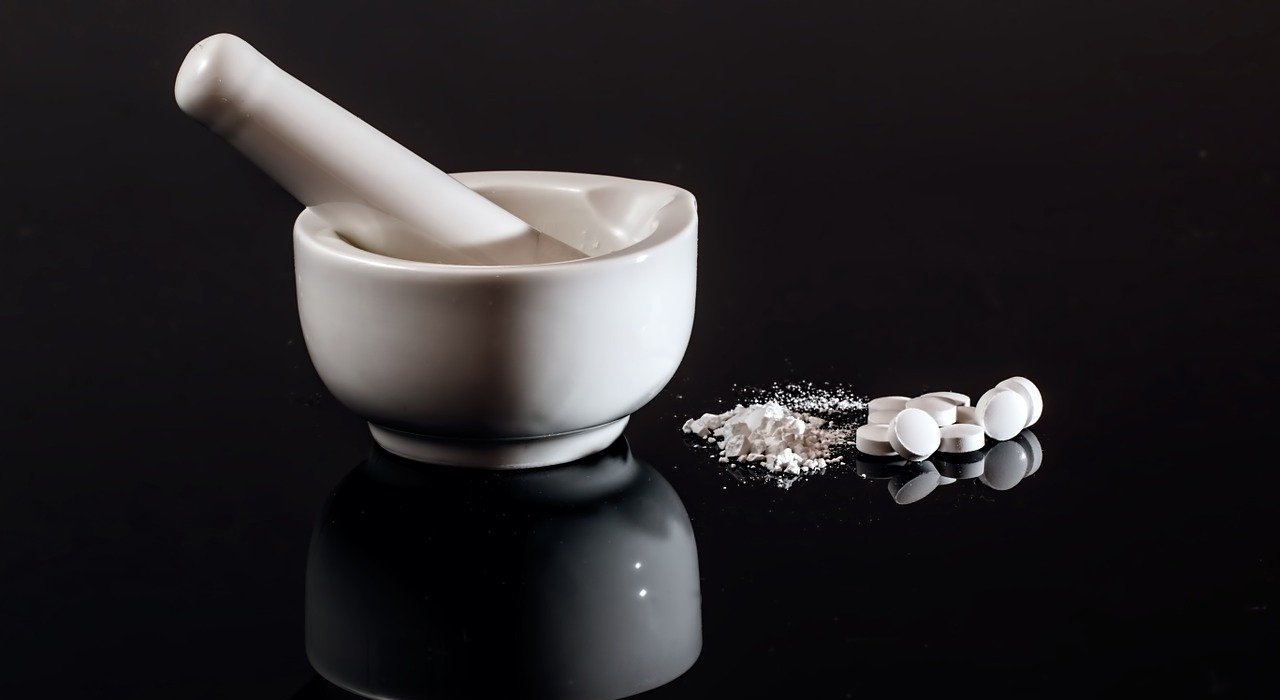
Section 2144.04(IV)(C) of the Manual of Patent Examining Procedure describes legal precedents relating to “Changes in [the] Sequence of Adding Ingredients” and cites to In re Burhans for the proposition that “the selection of any order of performing process steps is prima facie obvious in the absence of new or unexpected results.” In re Burhans, 154 F.2d 690, 69 USPQ 330 (CCPA 1946).
However, the Patent Trial and Appeal Board (“Board”) recently clarified that the Burhans rule only applies when evidence exists that the process steps in question are already known and used in the cited prior art.
On June 5, 2020, the Board issued a decision in Ex parte Chau reversing obviousness and obviousness-type double patenting rejections premised on the Burhans rule that selection of any order of performing process steps is prima facie obvious.
Claim 43 is representative of the claims at issue and reads as follows (with emphasis added):
43. A method of making an orally administrable medicinal delivery system, comprising:
at least partially dissolving a nicotine compound in a bulk sweetener solution comprising a solvent and a first bulk sweetener;
subsequent to said at least partially dissolving, coating the nicotine compound and the first bulk sweetener on a saliva soluble bulk sweetener powder comprising a second bulk sweetener to establish a coated powder premix; and
subsequent to establishing the coated powder premix, combining the coated powder premix with a chewing gum base and a buffer.
Appeal No. 2019-006294, at 2 (P.T.A.B. June 5, 2020) (non-precedential).
The Examiner rejected Claim 43 as being obvious over Lindell (WO 02/102357), and issued obviousness-type double patenting rejections over two commonly-owned patents in view of Lindell. Id. at 3 and 6-7.
The Examiner acknowledged that Lindell does not teach the required order of addition in Claim 43—including the second step of coating the “nicotine compound” and the “first bulk sweetener” on a “saliva soluble bulk sweetener powder” to obtain a “coated powder premix”—but nevertheless concluded that it would have been obvious to add the components in any order because “no order is specified” in Lindell. Id. at 3.
The Board disagreed with the Examiner’s analysis, in part, because Lindell does not teach that the ingredients can be combined in the manner of Claim 43 to establish the “coated powder premix.” Id. at 4-5. The Board also found that the Examiner had not established a sufficient rationale to explain why a person of ordinary skill in the relevant art would have been motivated to change the process of Lindell to include the coating step of Claim 43. Id. at 5.
The Board concluded its analysis by explaining that the Burhans rule for selecting any order of performing process steps only applies when the prior art teaches the specific steps of the claimed process. As explained by the Board:
These facts also differ from the reasoning of In re Burhans, 154 F.2d 690 (CCPA 1946), relied upon in MPEP § 2144.04(IV)(C), where the MPEP summarizes Burhans as teaching the selection of any order of performing process steps is prima facie obvious in the absence of new or unexpected results. A necessary prerequisite for applying this reasoning is evidence that the process steps themselves were known and used in the cited prior art. As discussed above, the Examiner’s rejection provides no evidence that the steps recited to “establish a coated powder premix” were taught in the prior art. Without a teaching of the steps in the prior art, there is no original order of steps for the artisan to rearrange into the claimed order of steps, and consequently nothing obvious about the claimed order of steps.
Id. at 6 (emphasis added).
The Board also reversed the obviousness-type double patenting rejections based on the same reasoning. As explained by the Board:
We agree with Appellant for the reasons articulated above in our analysis of the obviousness rejection. In the Answer, Examiner states that the ’654 and ’060 patents “teach mixing a loading compound into the base material so that said loading compound remains releasable and rapidly transmucosally absorbable.” Ans. 8–9. While this may be so, the cited claims of those patents do not refer to a “coated powder premix,” nor has Examiner otherwise articulated how any of the claims of the ’654 and ’060 patents, alone or in combination with Lindell, teach the steps for establishing the coated powder premix in Appellant’s present claims. Accordingly, Examiner’s ODP rejections are not supported by the preponderance of the evidence.
Id. at 7.
Takeaway: Examiners often rely on the Burhans rule to account for the sequence of claimed process steps when the cited art fails to teach the same process sequence. However, if an obviousness rejection is premised on this rule but the prior art does not teach a limitation of the claimed process—e.g., selection of the claimed process sequence would only inherently satisfy the limitation of the claimed process—then it may be appropriate to challenge the applicability of the Burhans rule using the rationale articulated in Ex parte Chau.
Judges: J. Fredman, E. LaVier, M. Valek
